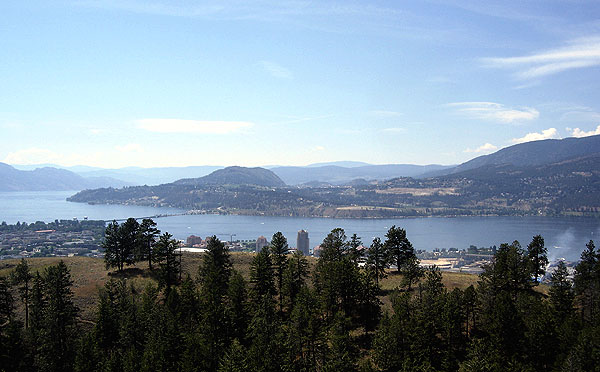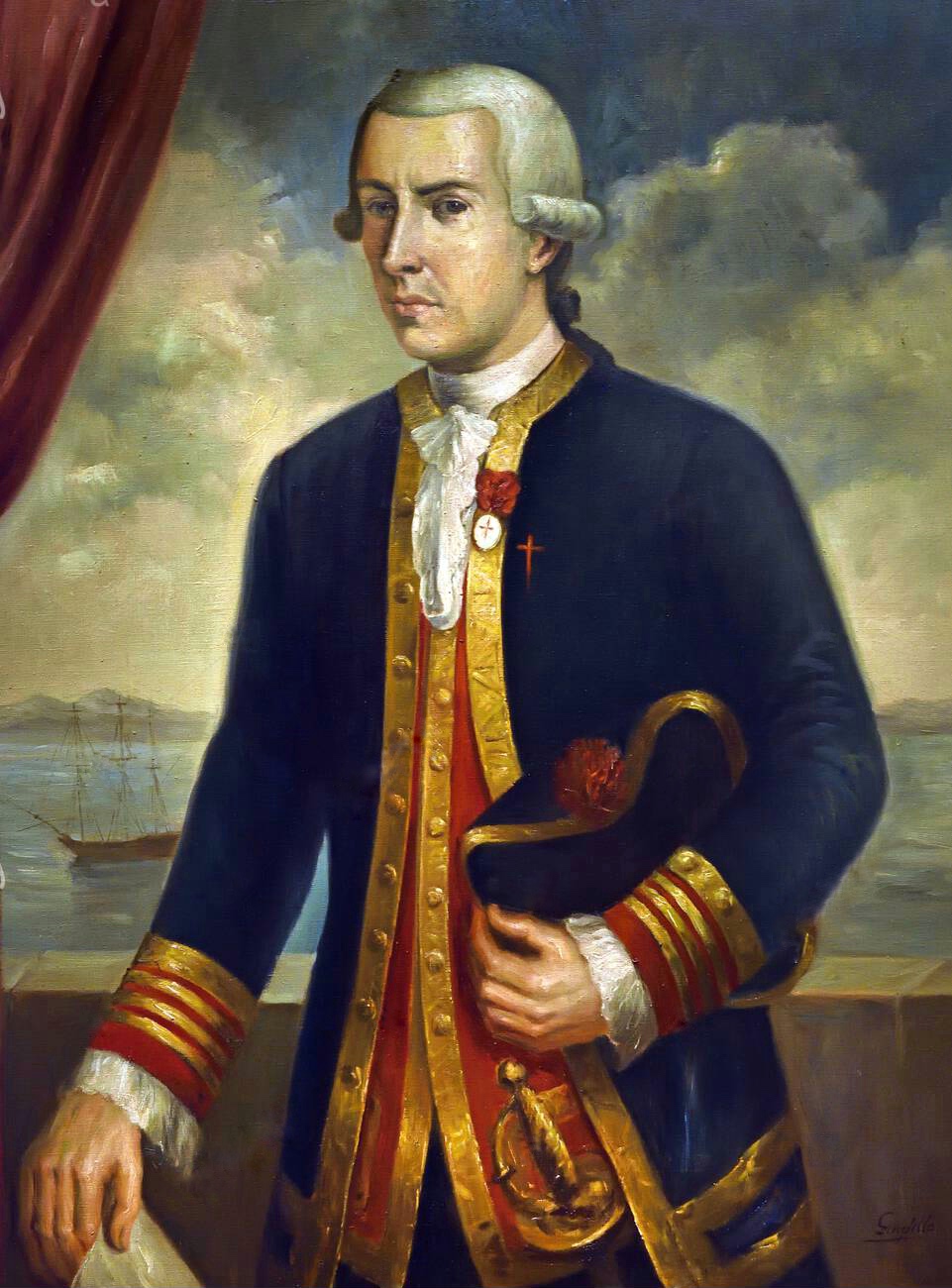|
Colleen (rowboat)
''Colleen'' was a rowboat used on Okanagan Lake in British Columbia, Canada in the late 1800s and early 1900s. She belonged to the Reverend Thomas Greene and served many early settlers and pioneers of the Okanagan, including W. D. Walker and Thomas Ellis, the earliest European settler in Penticton, British Columbia. See also * ''Lily of the Valley'' *''Ruth Shorts ''Ruth Shorts'' was pioneer Captain Thomas Shorts' first boat on Okanagan Lake in British Columbia, Canada and starting with her, Shorts was the first boater on the lake, beginning a long history of ships and steam transportation that enabled the d ...'' References {{reflist History of British Columbia Culture of the Okanagan ... [...More Info...] [...Related Items...] OR: [Wikipedia] [Google] [Baidu] |
Okanagan Lake
Okanagan Lake ( oka, kɬúsx̌nítkw) is a lake in the Okanagan Valley of British Columbia, Canada. The lake is long, between wide, and has a surface area of 348 km2 (135 sq. mi.). Hydrography Okanagan Lake is called a fjord lake as it has been carved out by repeated glaciations. Although the lake contains numerous lacustrine terraces, it is not uncommon for the lake to be deep only offshore. Major inflows include Mission, Vernon, Trout, Penticton, Equesis, Kelowna, Peachland and Powers Creeks. The lake is drained by the Okanagan River, which exits the lake's south end via a canal through the city of Penticton to Skaha Lake, whence the river continues southwards into the rest of the South Okanagan and through Okanogan County, Washington to its confluence with the Columbia. The lake's maximum depth is near Grant Island (Nahun Weenox). There are three other islands: one known as Rattlesnake Island, much farther south by Squally Point. The other two are near Grant I ... [...More Info...] [...Related Items...] OR: [Wikipedia] [Google] [Baidu] |
British Columbia
British Columbia (commonly abbreviated as BC) is the westernmost province of Canada, situated between the Pacific Ocean and the Rocky Mountains. It has a diverse geography, with rugged landscapes that include rocky coastlines, sandy beaches, forests, lakes, mountains, inland deserts and grassy plains, and borders the province of Alberta to the east and the Yukon and Northwest Territories to the north. With an estimated population of 5.3million as of 2022, it is Canada's third-most populous province. The capital of British Columbia is Victoria and its largest city is Vancouver. Vancouver is the third-largest metropolitan area in Canada; the 2021 census recorded 2.6million people in Metro Vancouver. The first known human inhabitants of the area settled in British Columbia at least 10,000 years ago. Such groups include the Coast Salish, Tsilhqotʼin, and Haida peoples, among many others. One of the earliest British settlements in the area was Fort Victoria, established ... [...More Info...] [...Related Items...] OR: [Wikipedia] [Google] [Baidu] |
Canada
Canada is a country in North America. Its ten provinces and three territories extend from the Atlantic Ocean to the Pacific Ocean and northward into the Arctic Ocean, covering over , making it the world's second-largest country by total area. Its southern and western border with the United States, stretching , is the world's longest binational land border. Canada's capital is Ottawa, and its three largest metropolitan areas are Toronto, Montreal, and Vancouver. Indigenous peoples have continuously inhabited what is now Canada for thousands of years. Beginning in the 16th century, British and French expeditions explored and later settled along the Atlantic coast. As a consequence of various armed conflicts, France ceded nearly all of its colonies in North America in 1763. In 1867, with the union of three British North American colonies through Confederation, Canada was formed as a federal dominion of four provinces. This began an accretion of provinces an ... [...More Info...] [...Related Items...] OR: [Wikipedia] [Google] [Baidu] |
Thomas Ellis (Irish Emigrant)
Thomas Ellis was the first European settler in the area known today as Penticton, British Columbia, Canada. He was the biggest cattle baron in the South Okanagan area.The History of Okanagan Mission A Centennial Project, Primrose Upton, 1958, Okanagan Mission Centennial Committee Background Thomas Ellis was born in Ireland but left for British Columbia when he was nineteen. In January 1865, Ellis sailed for British Columbia and arrived in Victoria in March 1865. It was in the late 1860s that Ellis began to accumulate large acreages in the South Okanagan.The Kelowna Story An Okanagan history, Sharron J. Simpson, 2011, Harbour Publishing Company Limited, His original holding had 642.35 acres and was located on a large piece of land in modern-day Penticton.Penticton Years To Remember, A. David MacDonald, 1983, British Columbia Heritage Trust Ellis returned to Ireland and married Wilhemina Wade on February 10, 1873. Ellis and his wife would have nine children together. Wilhemina wou ... [...More Info...] [...Related Items...] OR: [Wikipedia] [Google] [Baidu] |
Penticton, British Columbia
Penticton ( ) is a city in the Okanagan, Okanagan Valley of the British Columbia Interior, Southern Interior of British Columbia, Canada, situated between Okanagan Lake, Okanagan and Skaha Lake, Skaha lakes. In the 2016 Canadian Census, its population was 33,761, while its Census geographic units of Canada#Census agglomerations, census agglomeration population was 43,432. Name origin The name Penticton is derived from a word in the Okanagan language. It is conventionally translated as "a place to stay forever" but is actually a reference to the year-round flow of Okanagan Lake through Penticton where it enters Skaha Lake. Differing accounts of the meaning are given in the BC Geographical Names entry for the city: History The site of the city was first settled by the Syilx (Okanagan people), of the Interior Salish languages group,#Breese-Biagioni, Breese-Biagioni (1998), p. 10 who initially named the community Phthauntac, meaning the "ideal meeting place", followed by Pentic ... [...More Info...] [...Related Items...] OR: [Wikipedia] [Google] [Baidu] |
Lily Of The Valley (boat)
''Lily of the Valley'' was a houseboat owned by pioneer John Moore Robinson, who founded the community of Naramata, British Columbia. He and his family traveled across Okanagan Lake to the newly laid out town site in ''Lily of the Valley'' on April 22, 1907 and Naramata was officially founded. She was moored at the wharf on the west shore of the lake and later hosted festivities such as regatta activities by the Athletic and Aquatic Association, holding 800 people at one point in 1909. See also *''Colleen (rowboat)'' *''Ruth Shorts ''Ruth Shorts'' was pioneer Captain Thomas Shorts' first boat on Okanagan Lake in British Columbia, Canada and starting with her, Shorts was the first boater on the lake, beginning a long history of ships and steam transportation that enabled the d ...'' References {{reflist History of British Columbia Culture of the Okanagan ... [...More Info...] [...Related Items...] OR: [Wikipedia] [Google] [Baidu] |
Ruth Shorts
''Ruth Shorts'' was pioneer Captain Thomas Shorts' first boat on Okanagan Lake in British Columbia, Canada and starting with her, Shorts was the first boater on the lake, beginning a long history of ships and steam transportation that enabled the development of the Okanagan. In the early 1880s, Shorts thought of beginning a freight business on the lake and had Pringle and Hamill of Lansdowne build a rowboat with a capacity of 2.5 tons. The boat was long and had a small sail. Shorts named the boat ''Ruth Shorts'' after his mother and he began service in 1883. There was no set schedule, but the round trip generally took nine days and Shorts rowed in all weather for three years, averaging a passenger a month. He made about CAD$6000 rowing before venturing into steam with ''Mary Victoria Greenhow'' in 1886, only to lose his earnings. See also *Colleen (rowboat), ''Colleen'' *Lily of the Valley (boat), ''Lily of the Valley'' References {{reflist History of British Columbia Culture ... [...More Info...] [...Related Items...] OR: [Wikipedia] [Google] [Baidu] |
History Of British Columbia
The history of British Columbia covers the period from the arrival of Paleo-Indians thousands of years ago to the present day. Prior to European colonization, the lands encompassing present-day British Columbia were inhabited for millennia by a number of First Nations. Several European expeditions to the region were undertaken in the late 18th and early 19th centuries. After the Oregon boundary dispute between the UK and US government was resolved in 1846, the colonies of Vancouver Island and colony of British Columbia were established; the former in 1849 and the latter in 1858. The two colonies were merged to form a single colony in 1866, which later joined the Canadian Confederation on 20 July 1871. An influential historian of British Columbia, Margaret Ormsby, presented a structural model of the province's history in ''British Columbia: A History'' (1958); that has been adopted by numerous historians and teachers. Chad Reimer says, "in many aspects, it still has not been ... [...More Info...] [...Related Items...] OR: [Wikipedia] [Google] [Baidu] |



